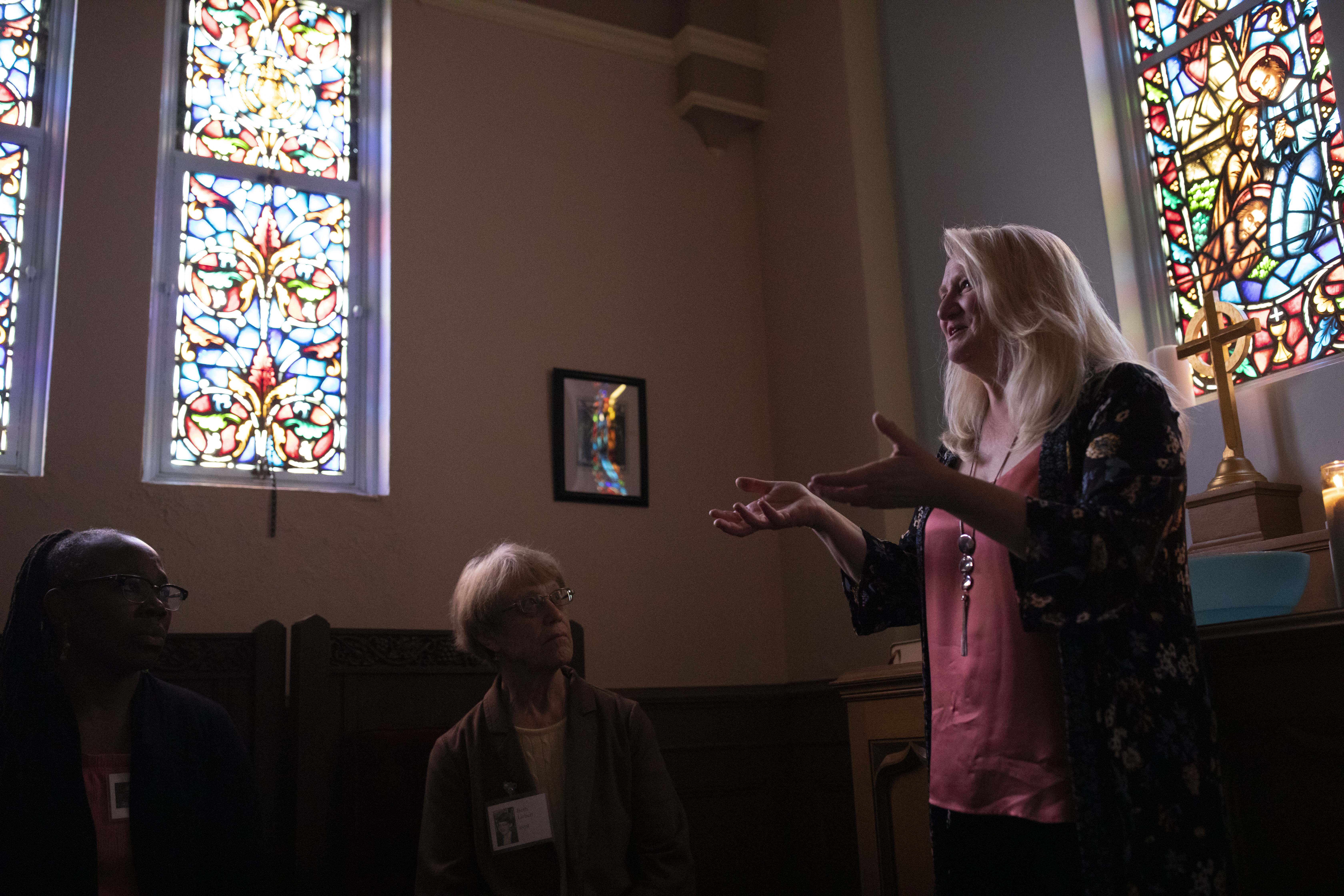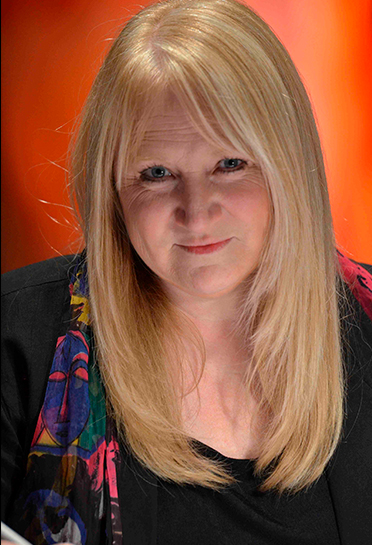

On Experiential Learning
There is no "one size fits all" to what resonates with us in worship, and so there are many ways to learn what I teach! If you love to read, you may be interested in my book, Think Like a Filmmaker (excerpt below). If you are a visual learner, you may enjoy a virtual tour through the design process in our fun, interactive Worship Design Studio Virtual World. The Worship Design Studio website is home to tons of articles and videos that cover topics related to worship design, and supports an online community of over 5,000 pastors and worship teams from all over North America.

The following excerpt is an illustration of the concepts that I teach in my book, Think Like a Filmmaker:
Anyone who has been to one of my workshops has heard me speak of “M-M-Good” worship—worship that is “meaningful and memorable.” These are worship moments that, years later, we can still remember. Such moments go beyond their literal meanings as they kindle the embers of emotion we experienced when we first encountered them. The images and emotions of indelible memories are connected together in our brains with the messages conveyed through that experience.
We want the messages we proclaim in worship to be meaningful (the intersection of our life and faith story) and memorable (living beyond the time and place of worship) because these are the messages then by which we live our lives. They remain present to us, reinforced by our recollection of them and reinforcing certain values and behaviors.
But what gets noticed and remembered is different for different people. Life is a story that we are all interpreting differently based on our perspectives and proclivities. Ever hear your spouse describe your vacation to a friend and wonder, “Was I on the same vacation?” Or go to a movie with friends but afterwards realize that you all noticed very different things? We go through the world with our own special set of lenses. We notice different things based on how “tuned in” various parts of our brain are. We move through the world with different rhythms in our bodies. The great variety of human perspectives and personalities make crafting unforgettable messages all the more difficult.
Sensory-rich worship creates multiple paths by which to reach people. Everyone learns differently. When I ask people in my workshops to remember an “M-M-Good” worship moment that they encountered, whether 20 years ago or last week or anytime in between, the descriptions vary widely. Some remember a stirring image, some the quality of music. Others have an ear for language and metaphor, or a sensitivity to the group feeling in the room. The memories range from moments that were contemplative to rousing, from surprising to deeply centering. Which “M-M-Good” moments we remember depends greatly on the modes of worship that resonate with us most powerfully.
How each of us is “wired” affects what we notice and remember. According to cognition specialist Howard Gardner, all people can learn and communicate in many different styles, but each of us has special strengths. Some areas of our brains are more facile, or accomplished. His “Multiple Intelligences Theory” changed the face of education some decades ago as he challenged the idea that those with verbal-linguistic intelligence were the “most” intelligent. Rather, the world presents all kinds of detail and stimuli to make sense of, and words are just one source. We all receive information in different ways. A sermon may be called the “meat” of the service for those who are more facile in their verbal-linguistic processes of the brain. But preachers, I’m sorry to tell you that not everyone comes for the sermon. Some people will more likely get the message in worship from the music because their brains are more tuned in to musical-rhythmic aspects of worship. And bonus points if the music actually has something to do with the message being preached that day! Some folks will be invited into the story in a deeper way if the visuals—colors, textures, objects, lighting—have set an environment that complements the message. This visual-spatial sensibility is piqued at those times when we give special attention to the space and diminished when the worship space looks the same week in and week out.
A logical-mathematical intelligence is going to see the connections between elements of the worship. They will notice and appreciate, for example, when the opening prayer uses imagery from the song we just sang and when the anthem clearly is an exclamation point on the very message just preached. Communion, going to prayer stations, touching water, or lighting candles will be meaningful and memorable to someone with a bodily-kinesthetic intelligence because, for them, actions do speak louder than words. And some people like a more interpersonal experience of warm interaction with others around them, while still others readily resonate with time for intra-personal reflection, times of silence, and meditative singing.
To wrap our minds around this concept is to accept that if we want our messages to be “unforgettable” to most people, we are going to have to tell our stories with sensory-rich strategies. Those who study cognition say that “cells that fire together, wire together” in the brain. And the more cells that are firing off in various areas of the brain around any one message, the more likely we are to remember that message. If we proclaim the Word—not only with language but with music, visual environment, and physical action—then we will make lasting impacts on the lives of those we reach.
Read more in Dr. Marcia's book Think Like a Filmmaker: Sensory-Rich Worship Design for Unforgettable Messages.
Check out this brief video clip on the multiple intelligences and sensory-rich worship.
"You have changed the way my team plans worship and inspired our creativity.
You are being used by God to help plant seeds in our youth for the future church."
— Jennifer Morgan
Connecting worship professionals and volunteers to their passion and depth of spiritual leadership is Dr. Marcia's aim in teaching and consulting as well as equipping them with skills to carry this out. She travels extensively, teaching and holding worship planning retreats. Dr. McFee has designed and led worship for regional, national and international gatherings of several denominations for the last 25 years. She is the creator and visionary of the Worship Design Studio, an online experience of coaching, education, inspiration hat currently serves over 1000 congregations. She is the author of The Worship Workshop, a workbook for worship teams and, as an avid skier, wrote Spiritual Adventures in the Snow: Skiing and Snowboarding as Renewal for Your Soul. Her third book, Think Like a Filmmaker: Sensory-Rich Worship for Unforgettable Messages, has become a best-seller and is utilized by churches and seminaries all over the world. Hundreds of individuals have travelled to study with her at annual retreats at Lake Tahoe over the last 12 years.


WORSHIP DESIGN STUDIO - Dr. Marcia McFee
28 E Dartmouth Rd., Kansas City, MO 64113
Toll free 888-725-5202
[email protected]


